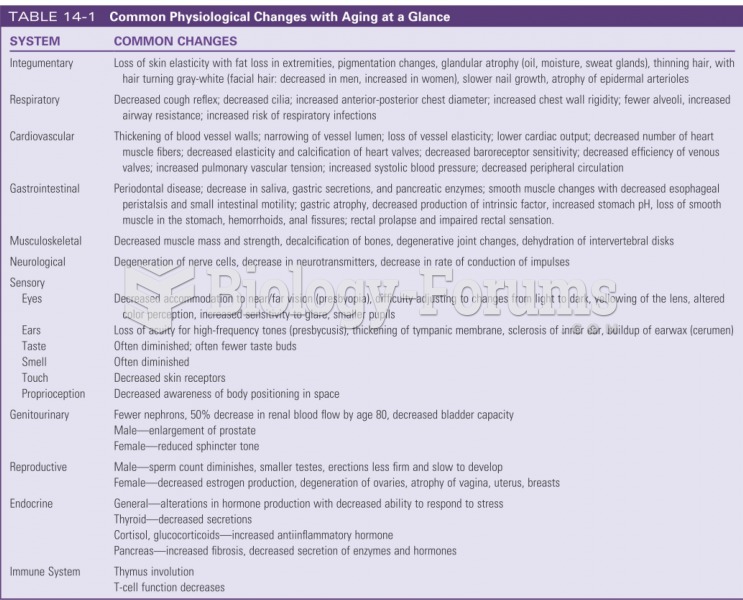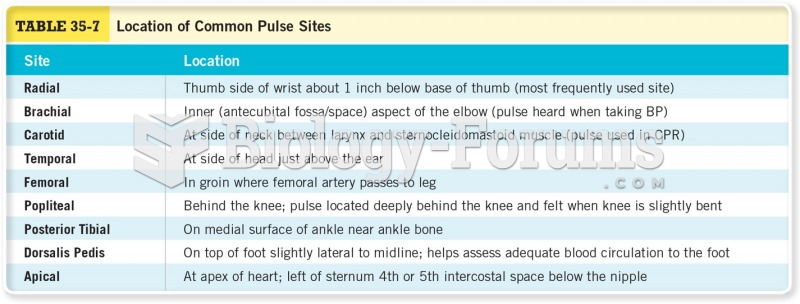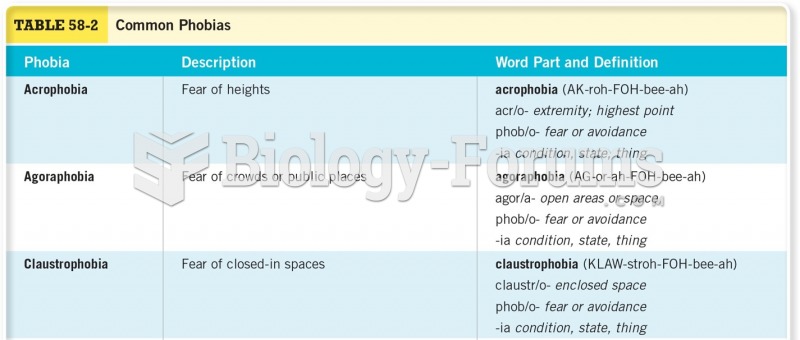Answer to Question 1
Waterfalls are very common where hanging valleys join with larger valleys. During a period of glaciation, numerous tributary valley glaciers feed downslope into a larger glacier in the main valley. The feeding of ice into the main valley means that the main valley glacier has a greater mass and, therefore, exerts a greater shear stress to erode rock than is true of the tributary glaciers. As a result, the main valley glacier erodes more deeply than the tributary glaciers and when the ice melts away, the main valley is much deeper than the tributary hanging valleys.
Lakes form in areas where earlier glaciers were either erosive or depositing sediment. Erosion beneath a glacier is not uniform everywhere, meaning that some areas are scoured more deeply into rocks than others. This can cause low areas in the landscape that later fill with water to form lakes. Lakes also form where water is impounded behind moraines, and in areas of hummocky ground moraine, especially in areas where ice melted in the till and left a depression that later filled with water.
Answer to Question 2
Erosion of valleys in mountains is caused by downward erosion by flowing water in a narrow channel. As the resulting valley walls become very steep, they fail during mass movements, which deliver debris to the stream to be carried away. Therefore, stream valleys have a V-shaped cross section with sloping hillsides descending to the stream channel. When a glacier flows through a pre-existing valley, it erodes not only at the bottom but also along the sides of the valley. The shear stress exerted against the sides and bottom of the valley erodes rock in a fashion analogous to an ice-scream scoop moving through ice cream, which leaves a broad-floored, steep-sided, U-shaped cross section.







